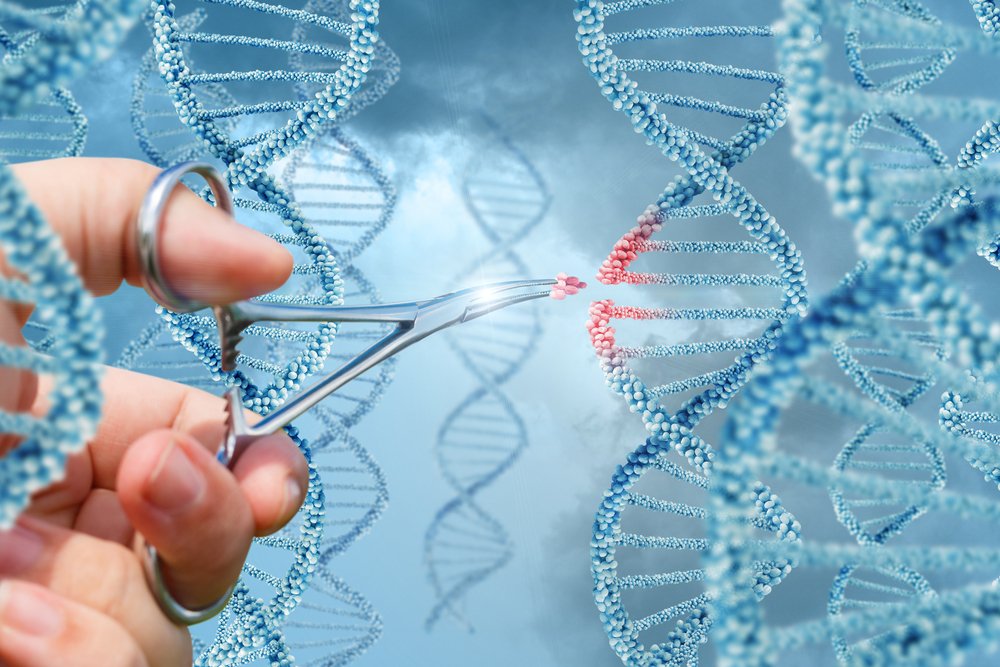CRISPR-Cas9 Gene Therapy Shows Promise in Preclinical Angelman Study

A CRISPR-Cas9-based gene therapy designed to increase the production of ubiquitin protein ligase E3A (UBE3A) — the enzyme lacking in Angelman syndrome — partially or completely corrected physical and behavioral deficits in a mouse model of the disease.
The effects of a single administration of the therapy, when delivered before birth, were sustained for at least 17 months (which may be comparable to many years in humans), and the approach was also found to restore UBE3A levels in human nerve cells grown in the lab.
“We were blown away when we got these results,” Mark Zylka, PhD, the study’s senior author at the University of North Carolina (UNC) School of Medicine, said in a university press release.
“No other treatments currently being pursued for Angelman syndrome last this long, nor do they treat as many symptoms,” added Zylka, who is also the director of the UNC Neuroscience Center and the W.R. Kenan, Jr. distinguished professor of cell biology and physiology at UNC School of Medicine.
These findings support the therapeutic potential of this approach for Angelman syndrome and highlight the need for further preclinical studies to determine whether it can and should move to clinical trials.
“We are now pursuing this [approach] with help of clinicians at UNC-Chapel Hill,” Zylka said.
The study, “Cas9 gene therapy for Angelman syndrome traps Ube3a-ATS long non-coding RNA,” was published in the journal Nature.
Angelman syndrome is caused by a deficiency in the maternal copy of the UBE3A gene, which provides instructions for making the UBE3A enzyme (also known as E6AP). UBE3A targets proteins to be broken down within cells and is thought to play a key role in the normal development and function of the nervous system.
Since the maternally-inherited copy of UBE3A is the only active copy in specific regions of the brain, mutations in this copy result in a complete UBE3A deficiency in nerve cells and in the neurodevelopmental symptoms seen in patients with Angelman syndrome.
In these brain regions, the paternally-inherited UBE3A copy is intact but silenced, or “turned off,” by a small RNA molecule called UBE3A antisense transcript, or UBE3A-ATS. This type of RNA (a similar and complementary molecule to DNA) belongs to a group of molecules called long noncoding RNAs whose function is to regulate gene activity.
“Turning on the paternal copy of UBE3A is an attractive therapeutic strategy because it could reverse the underlying molecular deficiency of the disease,” Zylka said.
Now, his team, along with UNC colleagues, evaluated the effects of a CRISPR-Cas9-based gene therapy designed to turn on the paternally-inherited copy and increase UBE3A levels in the brain of a mouse model of Angelman syndrome.
The CRISPR-Cas9 system, originally discovered in bacteria as a defense mechanism, allows researchers to edit parts of the genome by adding, removing, or changing specific sections of the DNA sequence.
In this study, funded by grants from the Angelman Syndrome Foundation, the National Institutes of Health, and the Simons Foundation, the researchers used the system to disrupt UBE3A-ATS by specifically targeting about 75 Snord115 genes near the UBE3A-ATS DNA region that likely regulate its production.
The purpose of this approach was to cause temporary DNA cuts in these genes, disrupting normal translation of DNA information into RNA molecules and, therefore, suppressing the generation of UBE3A-ATS and allowing UBE3A production.
The CRISPR-Cas9 molecular tools to specifically target Snord115 genes were delivered to nerve cells through a modified and harmless version of an adeno-associated virus (AAV), often used in gene therapy.
When injected directly into the brain of the mice either before or shortly after birth, the CRISPR-Cas9-based gene therapy effectively turned on the paternal copy of UBE3A throughout the brain.
This normalized the mice’s body weight gain (only in females) and increased their brain weight, suggesting that the therapy may normalize microcephaly (a smaller head and brain size), a feature many times observed in Angelman patients.
The therapy could also partially or completely rescue behavioral abnormalities that mimic those found in Angelman’s patients.
Notably, a single pre-birth treatment injection was found to turn on the paternally-inherited UBE3A copy for at least 17 months, and data suggested that the effect is likely to be permanent.
The approach was also found to effectively unsilence the paternal UBE3A copy in human nerve cells grown in the lab, supporting its potential benefits in people with the condition.
Moreover, the team found that the gene therapy disrupted UBE3A-ATS production largely due to the introduction of the AVV DNA into the DNA breaks caused by the CRISPR-Cas9 tools. This so-called “gene trap” could be used to disrupt other disease-causing long non-coding RNAs and genes.
While working to translate this research into the clinic, the Zylka lab will collaborate with researchers at the UNC Carolina Institute for Developmental Disabilities to identify the largely-uncharacterized early symptoms in babies carrying Angelman syndrome-causing mutations.
The idea is “to use genetic tests to identify babies that are likely to develop Angelman syndrome, treat prenatally [before birth] or around the time of birth, and then use these early symptoms as endpoints to evaluate efficacy in a clinical trial,” Zylka said. “Our data and that of other groups clearly indicate that prenatal treatment has the potential to prevent Angelman syndrome from fully developing.”
“We are incredibly excited to keep this work moving forward with the hope of helping children and families overcome this debilitating condition,” he added.
Notably, Asklepios BioPharmaceutical (AskBio) and UNC researchers, led by Zylka and Ben Philpot, PhD, have entered into an agreement early this year for the development of a gene therapy for Angelman syndrome. The collaboration aims to take advantage of UNC’s groundbreaking research and AskBio’s AAV development capabilities to speed up the development of such a therapy.






